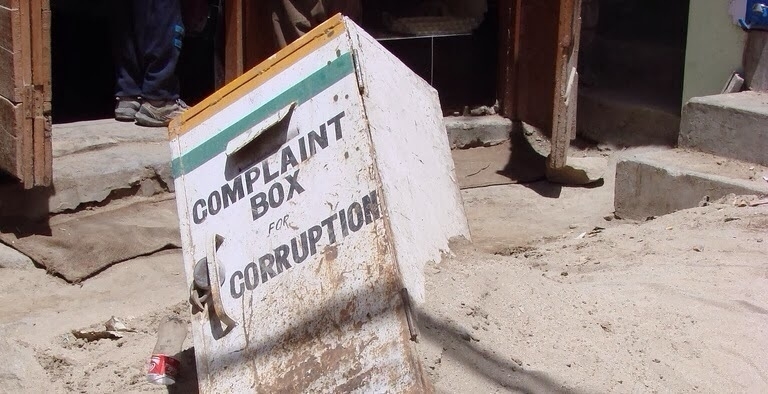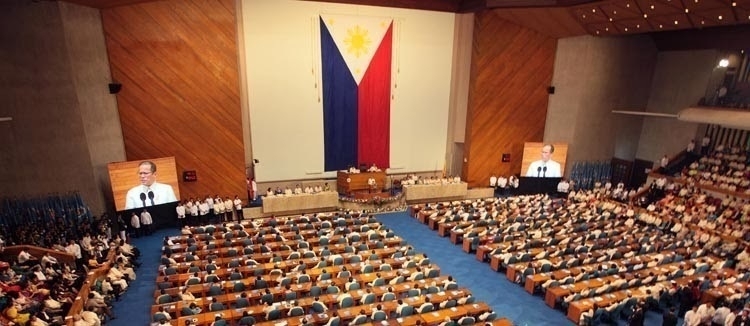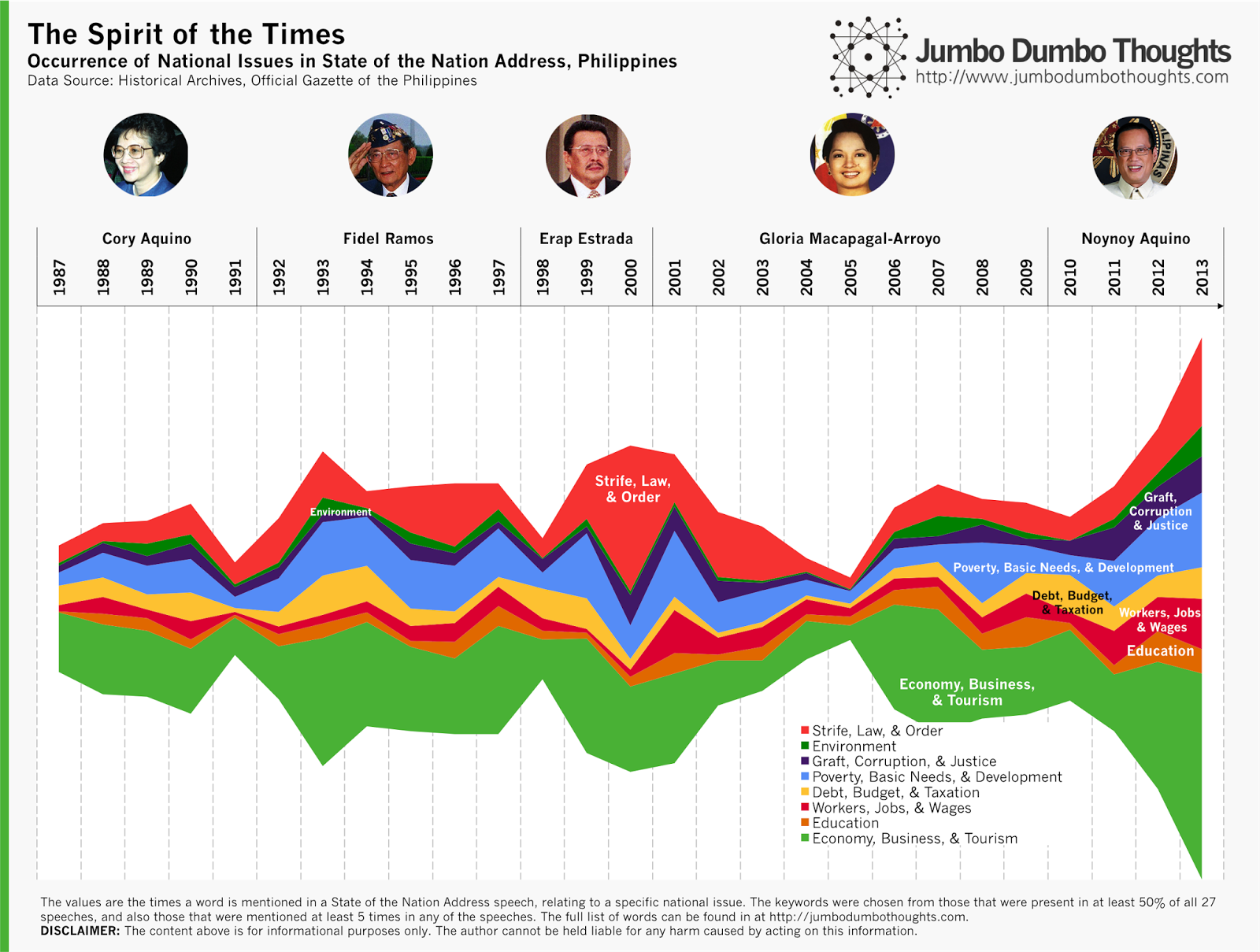Articles
An article is a finished piece of work, likely the result of a data analysis or a viewpoint that's gone through multiple iterations of feedback and refinement. It's intended to be the traditional blog post.
On the Probability of Mortality

RISKY OR BENIGN? The fear of flying is one of the most common statistically irrational fears that people have. (Photo: Kuster & Wildhaber Photography/Flickr, CC BY-ND 2.0)
Everything carries a risk, and nothing has preoccupied the human mind more than the risk of death. What are the safest (and most dangerous) modes of transportation? What activities commonly regarded as risky, really are? Let’s find out.
On Corruption and Collusion: Immoral acts are more likely when there are others with which to share the blame
They say corruption is ‘infectious,’ and you risk being ‘eaten up by the system’ when you enter government. In this article, we take a look at evidence that reveals how individual morality can be dampened if you have cohorts to share the blame with you, among other factors.

In this photo, a complaint box for corruption lies deserted in India. (Photo: watchsmart/Flickr, CC BY 2.0)
On Presidents and Priorities: Distilling the Numbers out of the State of the Nation Address

We can distill the numbers out of speeches to determine what our commanders-in-chief have prioritized over the years of the Philippine democracy. In this photo, President Benigno Aquino III, the current president of the Philippines, delivers his second State of the Nation Address in 2011. (PUBLIC DOMAIN)
The President’s annual State of the Nation Address (SONA) is a strong indicator of an administration’s priorities and accomplishments, but how do we compare across presidents? We can distill the SONA into numbers and count instances of national issues mentioned in the speech to find out and compare. You can also explore the speeches yourself using an interactive SONA word counter.
History through the President’s Words
I got this great data gathering idea from an awesome article on the Washington Post, which analyzed the State of the Union Addresses of the various US presidents to determine hot-button issues in the United States. I decided to apply the same methodology to the Philippines and extract word counts out of the various State of the Nation Addresses, from Cory Aquino in 1987 to Noynoy Aquino in 2013.
Length of Speech and the Riffraff Index
First, let’s take a look at a very basic statistic - the length of the speech in words - as well as something I constructed called the Riffraff Index, which is the percentage of words in the SONA that do not specifically relate to any national issue. What these words are, and how they were selected are at the next section.

The shortest speech was delivered by Gloria Macapagal-Arroyo in 2005 at only 1,600 words, while the longest was actually the most recent one by Noynoy Aquino, clocking in at a whopping 13,300 words.
But a long speech doesn’t mean a meaningful one - you could fill your speech with buzzwords and riffraff to make it longer, so I constructed the Riffraff Index - the percentage of words that do not appear to relate to a specific national issue (the higher the index, the more riffraff). The highest amount of ‘riffraff’ was during Cory Aquino’s 1991 farewell speech - a very heartfelt and emotional speech, while the lowest was during Ramos' 1993 speech - one where Fidel Ramos identified key issues and discussed them in immense detail.
You can also see that the amount of riffraff increases during election periods (1991-1992, 1997-1998, 2004) except for the most recent one.
Zeitgeist
That’s not all we could do with this data. We can also pinpoint the specific national issues each president spent the most time talking about in his/her SONA, so we identified keywords from those that were mentioned in at least 14 out of the 27 speeches, and also those that were mentioned at least 5 times in any one speech. We then categorize them into various issues, as follows:

The full list of keywords and their categories can be viewed here
Economy, strife, law and order, and poverty are quite often discussed across the administrations, and varying degrees exist for other issues. Environment is least talked about in presidential speeches, and understandably so for a developing country with a small environmental footprint.
You can also observe that issues tend to be most talked about during the middle of a President’s term, and the values shrink as they become mum during election periods - probably to stay on the safe side.
Presidential Priorities
But this streamgraph doesn’t make it easy to compare the priorities of each president relative to each other, so I constructed a heatmap that compares the favorite issues of each chief executive relative to his predecessors and/or successors:

Cory Aquino stayed pretty much balanced across the various issues. Fidel Ramos talked mostly about curbing poverty, protecting the environment, and improving the economy. Estrada talked about little else than strife, law, & order - his last SONA talked almost exclusively about the MILF and Mindanao. GMA focused on workers, jobs, wages, and education, which she has consistently stressed throughout her administration. Finally and not surprisingly, our current President is big on employment as well as graft, corruption and justice.
SONA Interactive Word Counter
All this information is too rich to summarize easily, so I’ve decided to construct a simple tool (like Google’s n-gram viewer) to let you explore the SONA data for yourself. You can enter up to 5 words in the white boxes, and the line graph on the right will show how many mentions that particular word gets in each SONA from 1987’s Aquino to 2013’s Aquino.
You might have to wait a few seconds to update the chart upon entering information. Sorry for the clunky Excel implementation, as I have very little coding ability. (Use a space to clear out a cell)
Unfortunately, this link has expired and I don’t have time to recover it.
Hope you enjoy discovering new trends with the tool! If you find an interesting pattern, please don’t hesitate to share it in the comments!
Thanks for reading! If you enjoyed reading, I’d appreciate it if you shared this with your friends or comment below. Data and computation inquiries can be made through the contact form or the comments.
aliases: - 2014/02/sona-words.html - content/blog/2014-02-18-sona-words/sona-words.html - posts/2014-02-18-sona-words - articles/sona-words
On the Philippine IT-BPO Industry- 'Bayaning Puyat' or Dead-end Job

Many skilled Filipinos detest the idea of working in a call center, but is that position justified? In this photo is the Ortigas skyline, one of the central business districts in Manila, the capital.(Photo: RamirBorja/Wikimedia, CC BY-SA 2.5)
The call center industry, or more widely called IT-BPO, has received its fair share of praise for contributing to economic and job growth, but a job in this industry still carries the stigma of low pay and low skill. We can take a look at the IT-BPO industry using data from the Bangko Sentral ng Pilipinas to shed some light on the graveyard shift.
On Getting to Know the Filipino Informal Settler

TRESPASSERS OR VICTIMS? - There is a debate as to whether informal settlers form a threat to urban development, or whether they should be relocated. In this photo is an informal settlement along the Philippine National Railways. (Photo: Kounosu/Wikimedia, CC BY-SA 3.0)
How well do you know the Filipino informal settler? Is he poor and underprivileged? What happens if you force him to pay rent? Well, short of actually starting a conversation with one, we can get to know the Filipino informal settler through data. Read on to find out more.
On Maximizing Your Interview Chances: Schedule it right after a break

Researchers find that, all other things equal, people tend to make nicer decisions right after they’ve had a break. (Mart1n/StackXCHNG)
If you have an interview coming up, whether it be for a job, award, or in this particular study, parole, your chances are best when the interviewers are fresh from a break. A group of researchers at the National Academy of Sciences confirmed what we had suspected all along - happy tummies make happy decisions. Read on to find out more!
On Your Life Expectancy: Chronic Behaviors and Longevity Returns

HOW LONG WILL YOU LIVE? - Certain life choices and behaviors have corresponding increases or decreases to your life expectancy. Let’s measure the tradeoffs! Photo: Uncalno/Flickr, CC BY 2.0)
Everyone says that smoking can drastically reduce your life expectancy by introducing all sorts of complications, but the question is: how much of your life are you sacrificing, stick by stick? Know the answer to this question and for many other chronic behaviors by reading on!